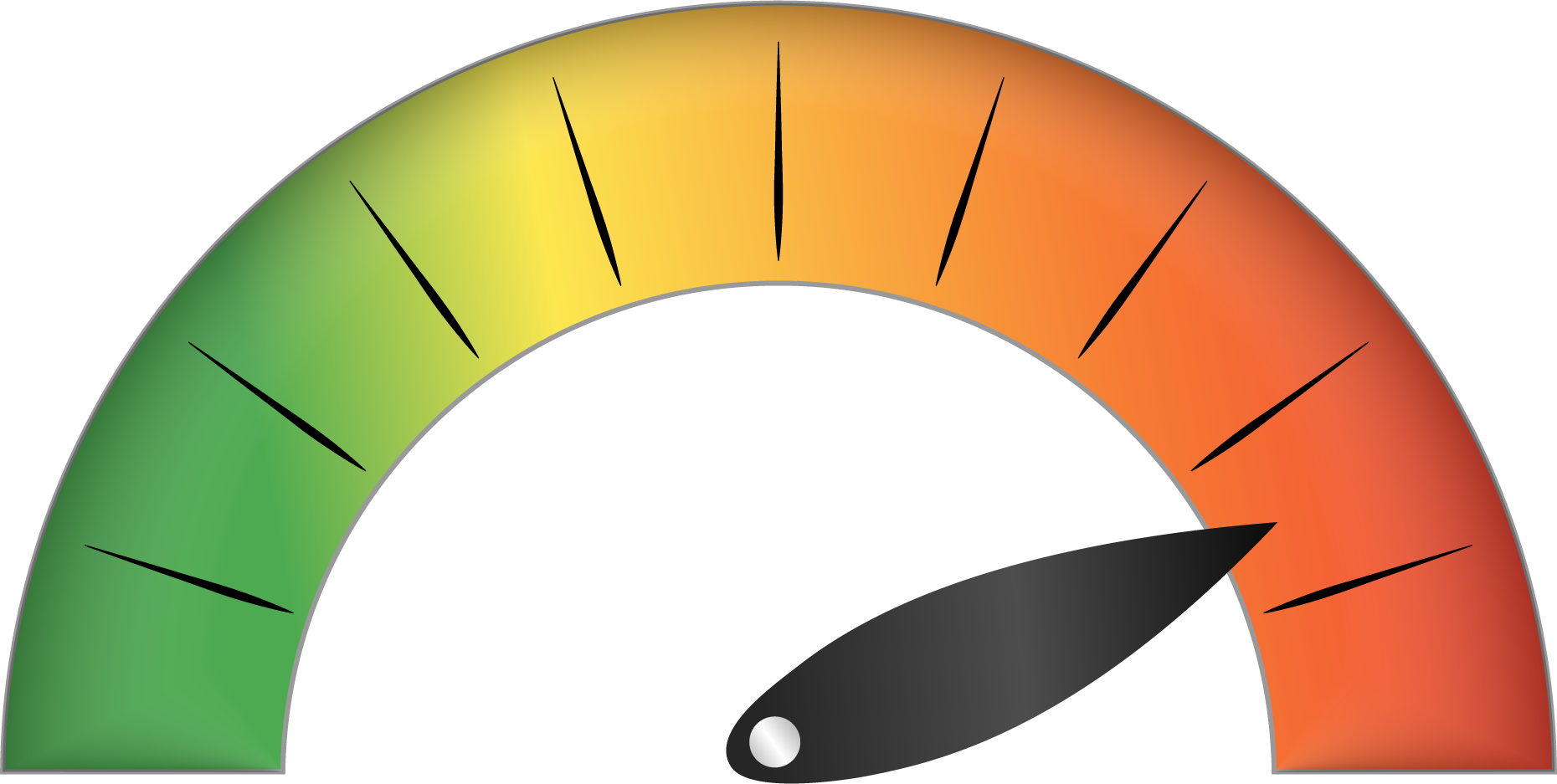Welcome To Your Enneagram Mood Check-In ✨

Your current state is:
unhealthy
Where Are You Right Now Enneagram 5?
When stressed, you may feel stuck in self-doubt or overly focused on what’s missing. This reflects a shift toward Type 2 energy, where you might overinvest in relationships to feel validated. Take this as a sign to nurture yourself and trust in your inherent value.
How This Shows Up: Signs You’re Here
You may feel caught in a loop of longing or self-doubt, focusing on what’s missing rather than what’s present. Emotional highs and lows can feel overwhelming, and you might withdraw or overpersonalize situations. There’s a sense of being stuck in your own story, detached from meaningful action.
I become hateful, tormented, despairing
How This Feels: Emotional Indicators
You might feel stuck in melancholy or envy, like you’re on the outside looking in. A scroll through social media could leave you feeling like everyone else has a better, more fulfilling life. Emotions might feel heavy and consuming, making it hard to appreciate the beauty or joy in your own world.
WHAT’S FUELING THIS:
Common Triggers or Mindsets
-
You believe something essential is missing from your life or yourself.
-
You’re triggered by rejection or feeling misunderstood.
-
You compare yourself to others, believing they have what you lack.
FINDING YOUR BALANCE
-
Look around and name 5 things you appreciate about your current surroundings.
-
Put on a song that lifts your mood or soothes you.
-
Do something small and grounding, like cleaning up a small space or making tea.

Remember: This Is Temporary
This is just a moment in time, not a permanent state. It’s okay to feel off-balance—your emotions are valid, but they don’t define you. Use the steps above to gently shift your focus toward gratitude, connection, and creativity. Even small actions can help you feel more centered and whole.

Celebrate Your Growth:
When you’re feeling stuck in self-doubt or longing, connection is key. Talk to someone who understands you—a close friend, family member, or coach—who can remind you of your unique strengths and beauty. Let them help you refocus on the present moment and what’s meaningful to you. This state won’t last forever, and reaching out can help you find your way back to clarity and gratitude.
New to the Enneagram Levels of Development? Start Here!
LEVELS OF DEVELOPMENT
Each type is divided into 9 levels of Psychological Health, 1= highest & 9=lowest. These are grouped into Healthy, Average & Unhealthy. At each level, we employ different strategies to reinforce our identity
Core Traits of Enneagram 5 at each Level
HEALTHY
1
Visionary, perceptive, innovative, insightful, clear-minded.
2
Analytical, curious, thoughtful, observant, independent.
3
Studious, inventive, competent, rational, introspective.
AVERAGE
4
Detached, secretive, isolated, obsessive, withdrawn.
5
Eccentric, intellectually arrogant, reclusive, ungrounded, skeptical.
6
Nihilistic, suspicious, cynical, overwhelmed, emotionally distant.
UNHEALTHY
7
Obsessed, paranoid, misanthropic, detached from reality, compulsive.
8
Schizoid, unstable, destructive, delusional, erratic.
9
Psychotic, disconnected, paranoid, intensely alienated, completely withdrawn.
Enneagram Levels of Development: Healthy, Average, and Unhealthy
HEALTHY RANGE:
In the healthy range, you’re not overly tied to your self-image or identity. You feel free to explore and express yourself in authentic and dynamic ways. By letting go of rigid definitions of who you are, you naturally align with your values and act in ways that reflect your true self, effortlessly reinforcing your sense of purpose and wholeness.
-
Level 1 – Liberation (Ego transcended-balance and freedom)
-
Level 2 – Psychological Capacity (Ego is identified as an ideal-self)
-
Level 3 – Social Value (Ego operating in a constructive way)
AVERAGE RANGE:
In this range, some imbalance starts to show, and your focus narrows. You may become more preoccupied with your identity and how others perceive you. To maintain this image, you might rely on social roles, subtle manipulation, or trying to control situations, all in an effort to reinforce your sense of self.
-
Level 4 – Imbalance (Ego-role assumed, defences increased)
-
Level 5 – Interpersonal Control (Manipulative & Defended)
-
Level 6 – Overcompensation (Ego inflation, conflicts with others)
UNHEALTHY RANGE:
In the unhealthy range, your focus on your identity becomes so intense that it distorts your perception of reality. You may see yourself in a way that feels completely disconnected from how others experience you, creating a sense of isolation or misunderstanding.
-
Level 7 – Violation (Survival tactic, neurotic)
-
Level 8 – Delusion and Compulsion (Major personality disorder)
-
Level 9 – Pathological Destructiveness (Psychosis, breakdown).
UNHEALTHY RANGE
AND ITS LEVELS
7. Level of Violation: ISOLATED NIHILIST
At this level, Type 5s withdraw completely, severing ties with the world and rejecting human connection. Feeling ignored or misunderstood, they become reclusive and detached from reality, embracing nihilism as a defense against their growing instability. Fearful and impulsive, they push others away, lost in dark fantasies and distrust. Their isolation fuels deep anxiety, reinforcing their belief that the world is meaningless and people are unworthy of their engagement.
8. Level of Delusion & Compulsion: TERRIFIED OUTSIDER
At this level, Type 5s become consumed by their own fearful imaginings, trapped between obsession and terror. Isolated and defenseless, they fixate on dark, self-created ideas that spiral into paranoia and delirium. Emotionally overwhelmed and physically unwell, they resist all attempts at support, convinced that outside influences are a threat. Lost in mental distortions and phobias, they stare into the abyss, unable to find their way back to reality.
9. Level of Pathological Destructiveness: IMPLODING SCHIZOID
At this level, Type 5s become completely detached from reality, overwhelmed by inner chaos and an unbearable sense of helplessness. Trapped in their mind, they seek total escape—rejecting sensory input, withdrawing from the world, or spiraling into delusions. Reality feels intolerable, leading to a psychotic break or extreme self-destructive impulses. Desperate for oblivion, they may implode emotionally or physically, believing there is no way forward.